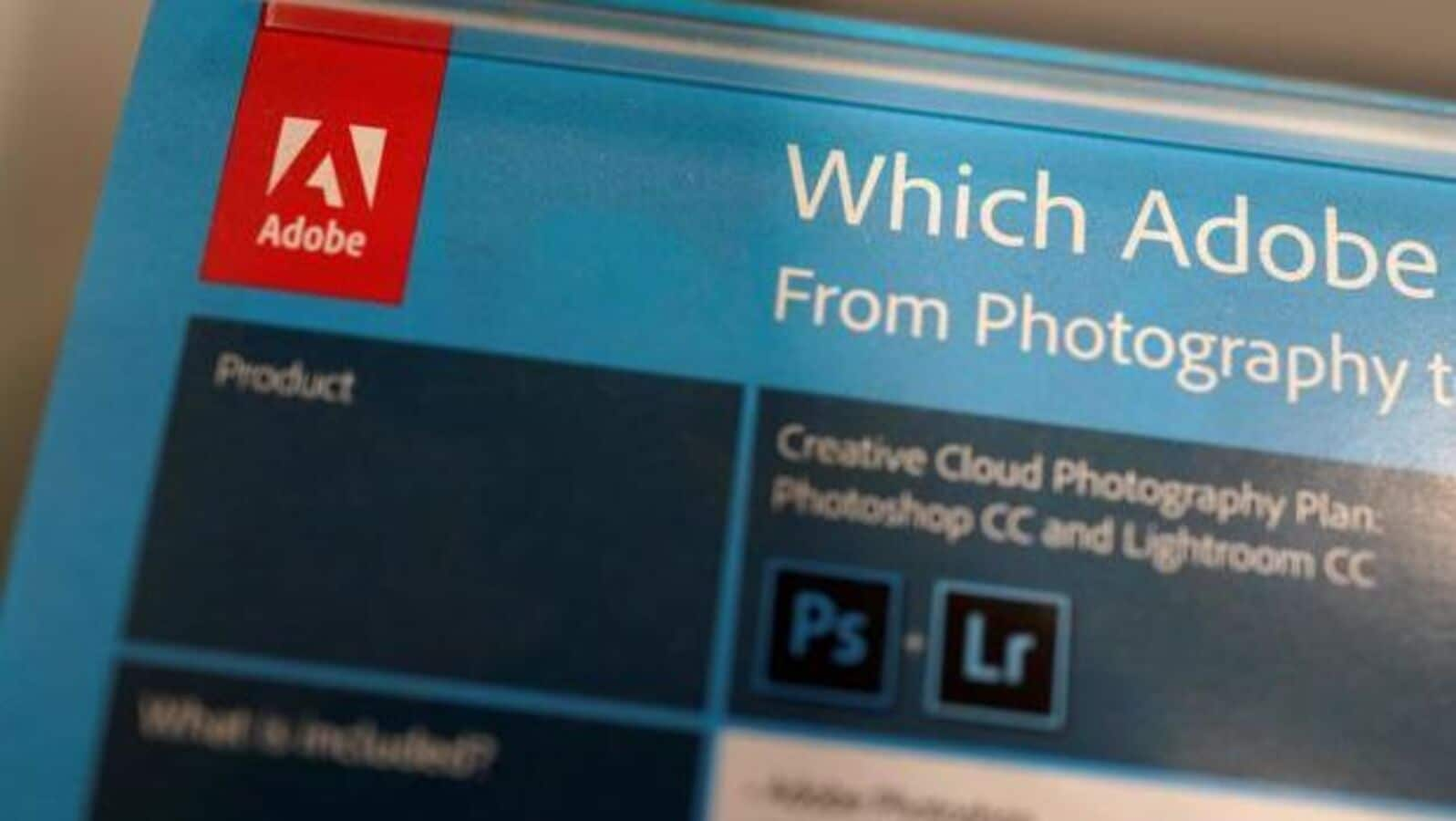NEW DELHI
: Since the 1990s, Photoshop, an image editing software, has become a colloquial verb for photo retouching. However, in the last two years, generative artificial intelligence (AI) has changed the way photo editing worked until now, automating most steps into one-click commands. However, this hasn’t affected Photoshop’s ubiquity; in fact, it may now be more suitable for more users.
Why is Photoshop so important?
Adobe’s proprietary photo editing software, which began as a university project in the late 1980s, is now a verb like Xerox, Band-aid and Velcro. While there is no official figure, the industry estimates that it has more than 25 million monthly active subscribers. Those who use it without a license could be exponentially older. On average, more than 90% of all designers and creative professionals use Photoshop in some form, making it a benchmark in the global photo editing and design industry. With the global market for photo editing tools estimated at more than $3 billion a year, Photoshop alone puts a considerable dent in the creative economy.
Can generative AI replace it completely?
That was a fear in the initial stage. However, Adobe has implemented generative AI to work alongside designers and not replace them. The company’s proprietary AI model, Firefly, is now integrated into the app and is used to detect objects for removal, help co-design, edit images and posters, and more. Photoshop’s idea of using generative AI is similar to what GitHub did with the technology: using it to help, but not replace, creators. Experts believe this can speed up creativity processes and more new users end up using Photoshop instead of new editing applications that replace the tool.
Are there other image editors also on a similar trajectory?
Yes. Autodesk’s Pixlr and Canva, the Australian-based independent creativity suite, are two of the most popular image editing apps after Photoshop. They have also started implementing open source AI models in their software to attract more users besides designers.
Will other creativity apps face a similar impact?
The idea is to use generative AI to make creative design accessible to beginners and non-designers. Photoshop’s journey now gives beginners a reason to subscribe to it, with the AI interface making the app’s technical features seem simple to most. Other creativity apps, like Microsoft PowerPoint, are also incorporating generative AI to add illustrations and simplify design. In the long term, Big Tech hopes that the simplicity of AI will attract more users to these apps, which will, in turn, increase subscription revenue beyond those who specialize in creative fields.
For more such explanations, read Primer.
Does this mean that designers are almost bankrupt?
This is a mix of things. India has a large and unorganized economy of image-related businesses in brick-and-mortar stores across office districts. These companies specialize in making basic posters and illustrations. With generative AI built into Photoshop and similar applications, internal marketing teams and even individuals can perform basic creative designs. In some ways, while this may reduce revenue for unofficial companies, it is good news for companies like Adobe and Autodesk. However, professional designers would find great value in AI-assisted Photoshop: this can reduce turnaround times and allow for better original designs and animations in the long run.
Disclaimer:
The information contained in this post is for general information purposes only. We make no representations or warranties of any kind, express or implied, about the completeness, accuracy, reliability, suitability or availability with respect to the website or the information, products, services, or related graphics contained on the post for any purpose.
We respect the intellectual property rights of content creators. If you are the owner of any material featured on our website and have concerns about its use, please contact us. We are committed to addressing any copyright issues promptly and will remove any material within 2 days of receiving a request from the rightful owner.

